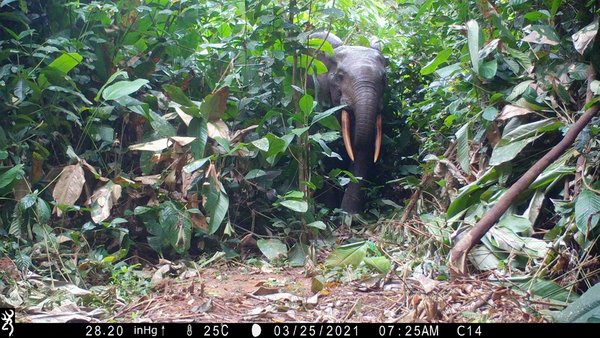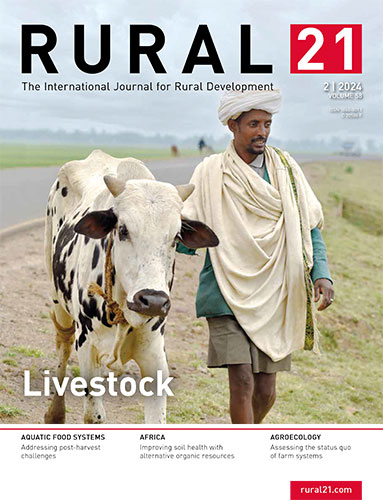 Read this article in French
Read this article in French- Share this article
- Subscribe to our newsletter
FSC-certified tropical forests help wildlife thrive
A new study reveals compelling evidence that forests certified by the Forest Stewardship Council (FSC) in Gabon and the Republic of Congo harbour a higher abundance of larger mammals and critically endangered species such as gorillas and elephants compared to non-FSC certified forests. The research – led by Utrecht University/Netherlands with support from WWF and the Wildlife Conservation Society (WCS) and published in Nature – underscores the effectiveness of measures implemented in FSC-certified forest concessions to safeguard wildlife.
Key findings: FSC-certified forests a haven for larger mammals
By meticulously documenting individual animal counts and strategically positioning camera traps, the research affirms that certified concessions notably harbour a bigger population of large and threatened mammals – 2.7 times more for mammals over 100 kg, such as gorillas and forests elephants, and 2.5 times more for mammals from 30-100 kg, like leopards and chimpanzees – when compared to non-FSC-certified forest concessions.
The number of smaller mammals observed was similar between FSC- and non-FSC concessions, painting a picture of less biodiversity in the latter forests. The effects were similar in both Gabon and the Republic of Congo.
In addition, the encounter rates observed of large mammals in FSC-certified forests were comparable to published data from recently monitored protected areas in the Congo Basin region.
The new study is the first to compare so many different forest areas at the same time, using 474 camera traps across 14 logging concessions – seven FSC-certified and seven non-FSC certified. It aligns with the findings of a previous bio-acoustics research in the Peruvian Amazon, which found that it is possible to have production forestry coincide with biodiversity conservation if done in the right way and in the right places.
Clear link between hunting and biodiversity loss
The research emphasises the pivotal role of hunting in biodiversity loss, highlighting the reduced number of hunting signs and increased wildlife observations in FSC-certified concessions. Certified forestry companies’ proactive measures, such as blocking old logging roads, establishing checkpoints and supporting alternative protein sources for local populations, have significantly curbed illegal hunting.
Beyond wildlife conservation, the study highlights the broader positive impact of FSC certification. The conservation of large mammals positively influences seed dispersal, nutrient cycling, and forest carbon storage. Previous research, published in Nature Geoscience, has shown that tropical forests would potentially store seven per cent less carbon without the presence of elephants.
(WWF/pas)
Reference:





Add a comment
Be the First to Comment